Many people, regardless of their age, experience mobility issues daily. If this sounds like you, compression socks help reduce discomfort, improve circulation, and make your limited mobility symptoms more manageable. Here's more information about the benefits of compression socks and how to put on compression socks with limited mobility.
How Can Compression Socks Help With Limited Mobility?
Compression socks or compression sleeves can make a massive difference if you have limited mobility. They apply gentle pressure to your legs and improve circulation, helping blood flow back to your heart and preventing swelling. If you spend long periods sitting or standing, these socks can reduce discomfort, keeping your legs from feeling tired and lowering the risk of blood clots. For added support, consider compression calf sleeves and padded compression socks for extra cushioning and targeted relief.
Always wear the correct compression level based on your needs. Compression socks typically range from mild compression socks (8-15 mmHg) to medical-grade compression socks (30-40 mmHg). Light compression is best for everyday use, while higher levels are recommended for more severe conditions like edema or varicose veins. If you need more clarification, consult with a healthcare professional before purchasing.
How to Put on Compression Socks With Limited Mobility
While compression sleeves are an excellent tool for improving circulation, putting them on can be challenging if you have limited mobility. Fortunately, several assistive devices can help ease this process. Here are some of our favorite tips and tricks.
1. Use a Sock Aid to Put on Compression Socks
A sock aid or sock helper is designed to help people with limited mobility slip on socks independently. The sock aid holds a sock open so you can easily step into it without bending or stretching. Sock aids come in various designs, but they typically consist of a flexible or rigid mechanism with handles or loops that assist in pulling your sock up over your foot.
Choose the Right Sock-Aid
- Flexible sock aid: This type makes it easy to load the sock and is excellent if you don't have significant swelling.
- Rigid sock aid: This type is a good option if you have some degree of swelling or if you use compression socks regularly. It holds the sock open more securely, making it easier to slide your foot in.
- Handles vs. loops: If you have limited use of one arm, a sock aid with handles or a continuous loop may be more suitable. A two-handed sock aid may provide more control if you use both hands for better assistance.
Different Types of Sock Aids
- RMS Deluxe Sock Aid for limited mobility or reduced hand strength: If bending or using your hands is challenging, the RMS Deluxe Sock Aid helps you put on compression socks effortlessly. Its long handles reduce strain on your back and hands.
- Doff N' Donner for tight compression socks: Are you struggling with tight compression socks? The Doff N' Donner tool slides socks on smoothly, making applying even the snug socks easy. Caregivers can also use it to assist.
- Steve Glide Clipper for reducing friction: The Steve Glide Clipper helps reduce friction when putting on compression socks, especially tight ones. Its compact design makes it great for travel.
- Jobst Stocking Donner for arthritis or bending issues: If you have trouble bending or suffer from arthritis, this sturdy frame and padded handles help you easily slide your compression socks on. It is also an excellent tool if you are pregnant and find putting on your pregnancy compression socks challenging because you can't bend easily.
2. Use a Medical Dressing Stick to Remove Compression Socks
A medical dressing stick is a helpful tool for people with limited mobility. It features a hook at one end that allows you to grab the top of your compression sock without twisting or bending. By using the stick to pull the sock down, you can remove the sock easily, reducing strain on your body and making the process much more manageable.
To remove compression socks using a medical dressing stick:
- When standing, sitting, or lying down, use the hook on the end of the medical dressing stick to snag the top of your compression sock.
- Push the sock downward once you've snagged the top of the compression sock.
- Once the compression sock reaches your heel, gently push it around the heel of your foot until it slips off.
How to Put on Compression Socks With One Hand
Putting on compression socks can be tricky but possible if you only use one hand. Here's how to make it easier:
- Use a sock aid: Opt for a sock aid with a loop or handles. With one hand, you can easily slide the sock onto the device, place your foot inside, and pull the sock up using the handle.
- Sock helpers with grips: Choose a compression sock with built-in grips or elastic bands to help keep the sock in place as you pull it up.
- Use a stocking donner: A stocking donner with foam handles will give you more control. Hook the sock over the frame, slide your foot in, and pull it up using the handles.
Benefits of Compression Socks for People with Limited Mobility
Compression socks have many benefits and can work wonders for your legs, especially with limited mobility. Here's how they can help:
- Boost circulation: Compression socks apply gentle pressure to your legs, helping blood flow more efficiently and preventing it from pooling in your lower legs, which is common when you're less mobile.
- Reduce swelling: If your ankles or feet tend to swell due to poor circulation, compression socks can help reduce that by promoting better fluid movement back toward your heart.
- Lower risk of blood clots: Compression socks can help reduce your risk of developing blood clots by encouraging blood flow and circulation if you're sitting or lying down for extended periods.
- Increase comfort: Compression socks offer extra support, reducing the discomfort that stiffness or fatigue in your legs can cause, making it easier to get through the day.
- Provide pain relief: Whether you have arthritis or varicose veins, compression socks can relieve pain by reducing pressure on the affected areas and supporting your legs.
Frequently Asked Questions
How do you wear compression socks if you can't reach your feet?
If you can't reach your feet, you can wear compression socks using a sock aid. This aid allows you to slide the sock onto your foot with minimal effort by pulling handles or loops.
How do you put on compression socks with limited mobility?
If you have limited mobility, you can use devices like a sock aid or stocking donner, which helps you put on compression socks without forcing you to bend down or strain.
How do you put on compression socks for someone else?
To put compression socks on someone else, hold the sock open, gently slide it over their foot, and pull it up over their leg, ensuring it fits comfortably without causing discomfort.
How do you put on compression socks with one hand?
To put on compression socks with one hand, use a sock aid with a loop or handles, which allows you to easily slide the sock onto your foot and pull it up without needing both hands.
How to put on compression socks if you have Parkinson's?
If you have Parkinson's, using a sock aid or stocking donner can help you put on compression socks by minimizing the need for dexterity and reducing strain on your body.

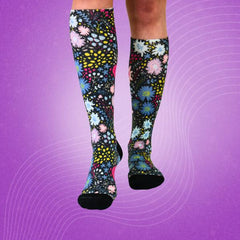
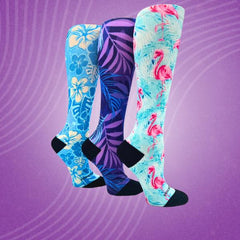
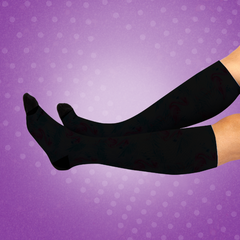

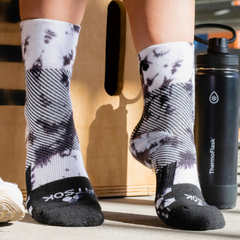
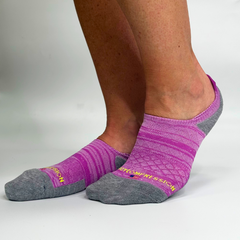









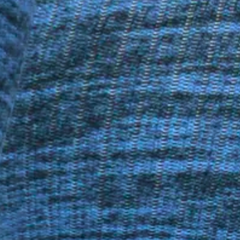




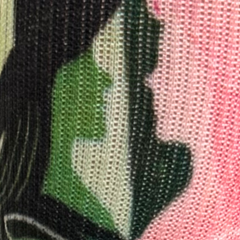

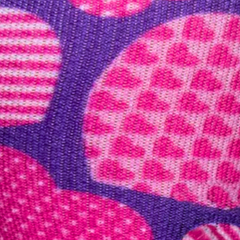

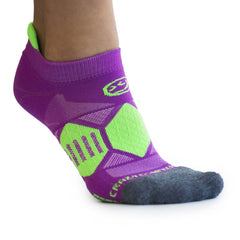

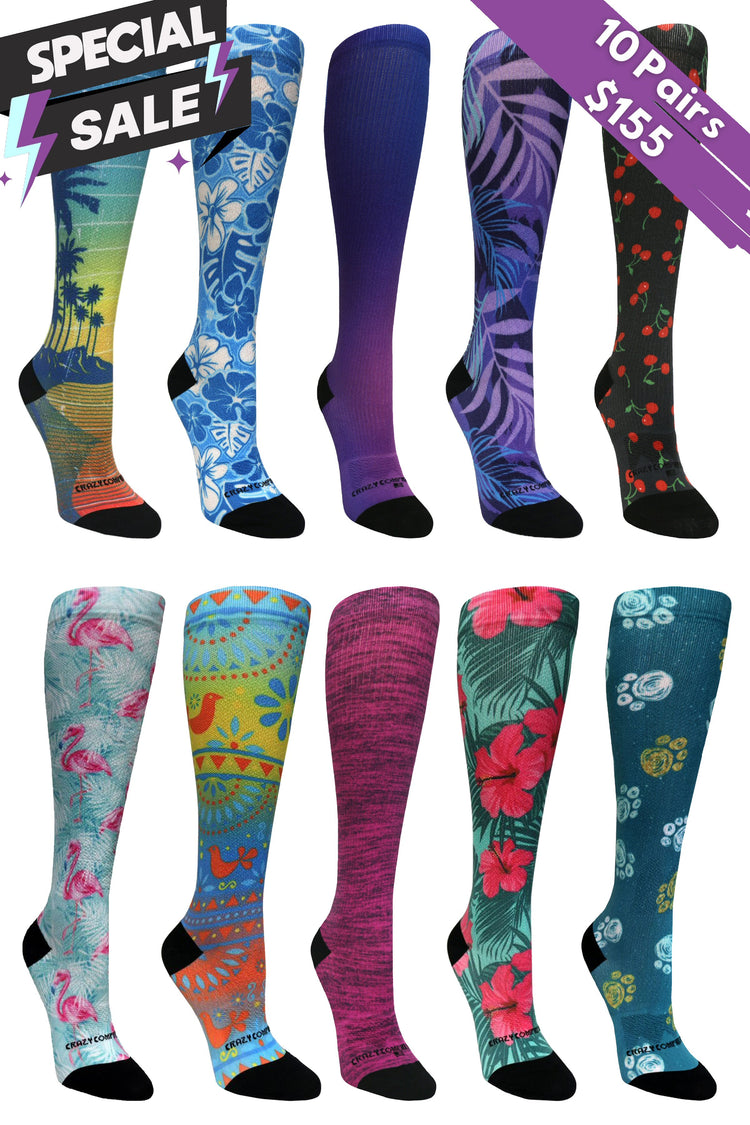


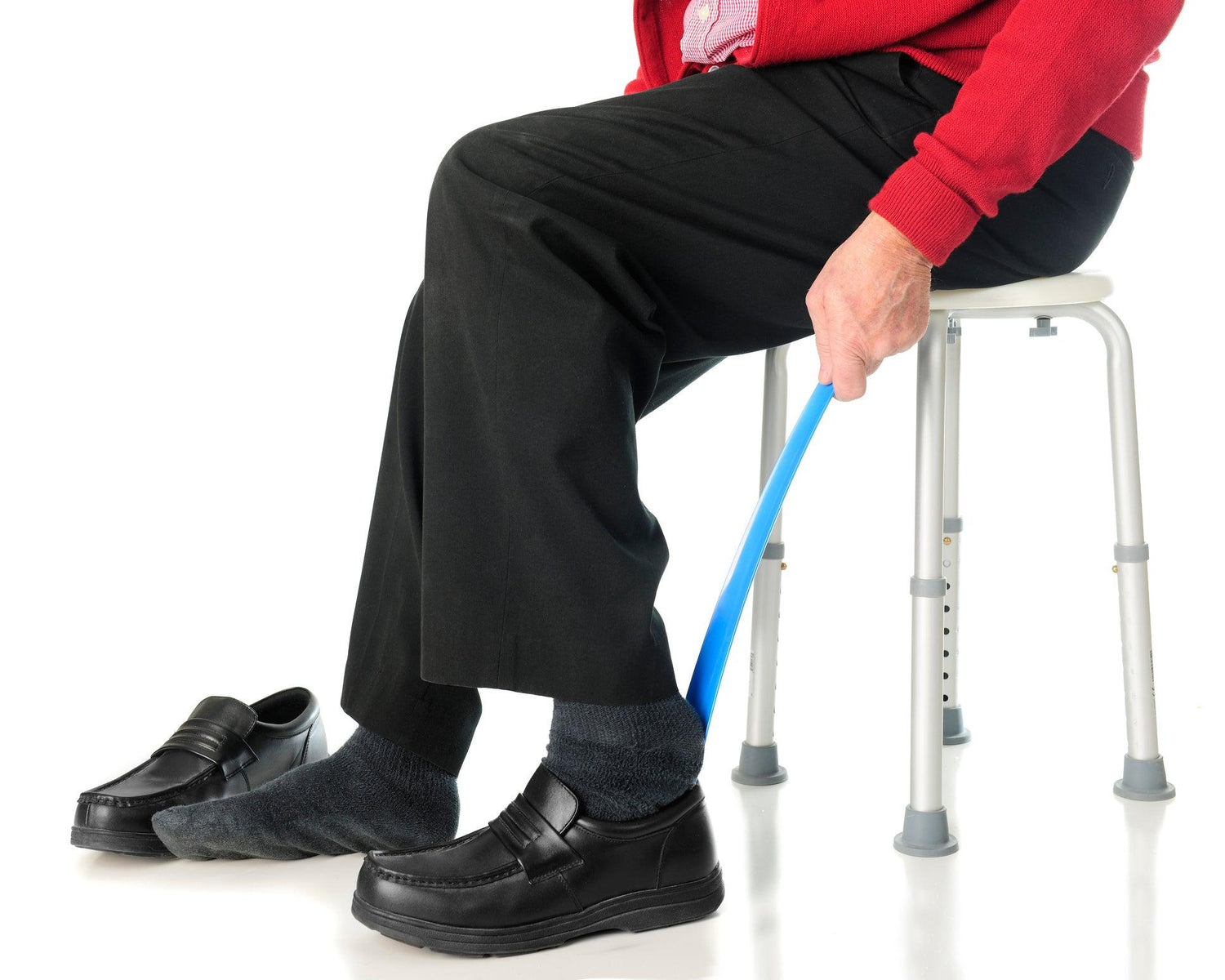
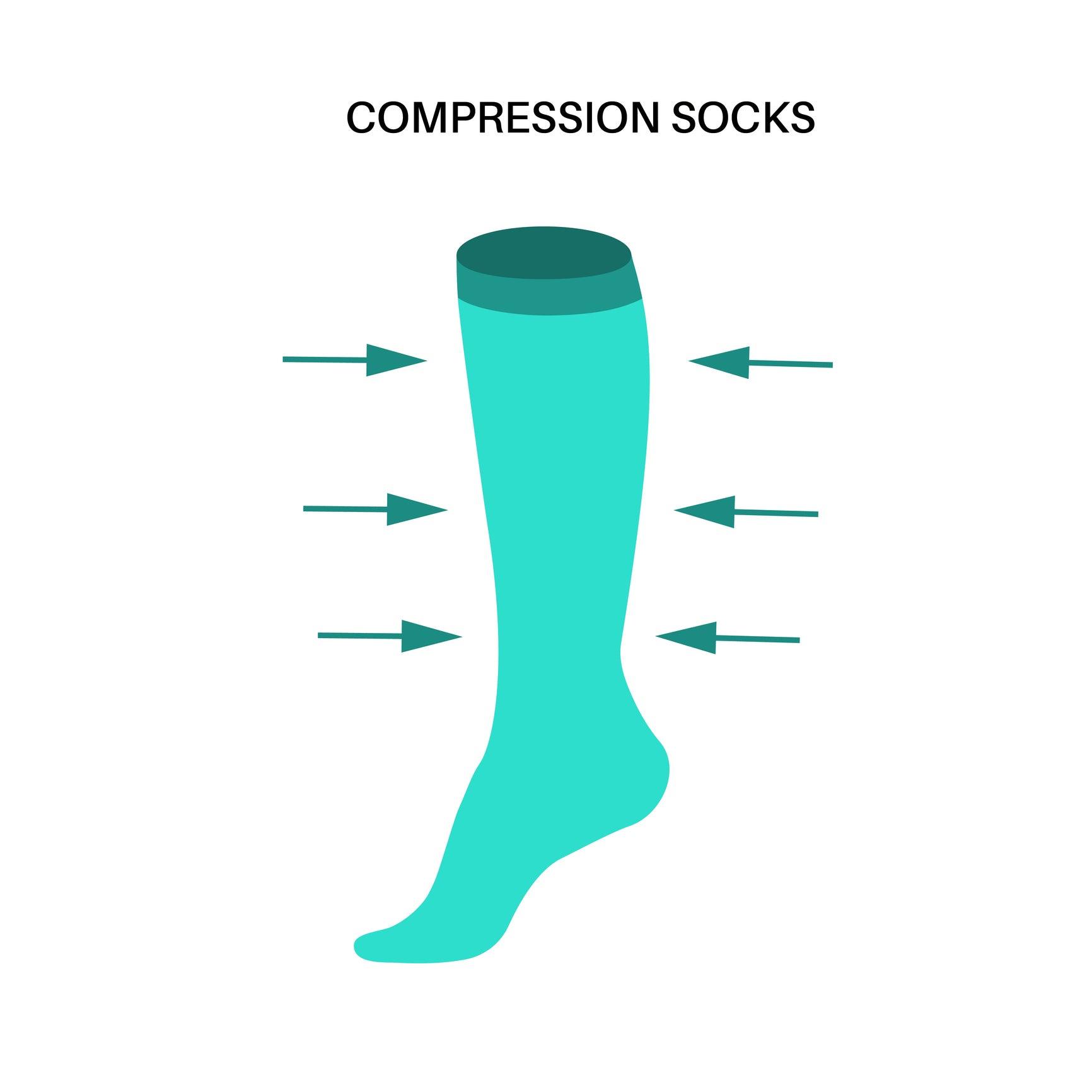
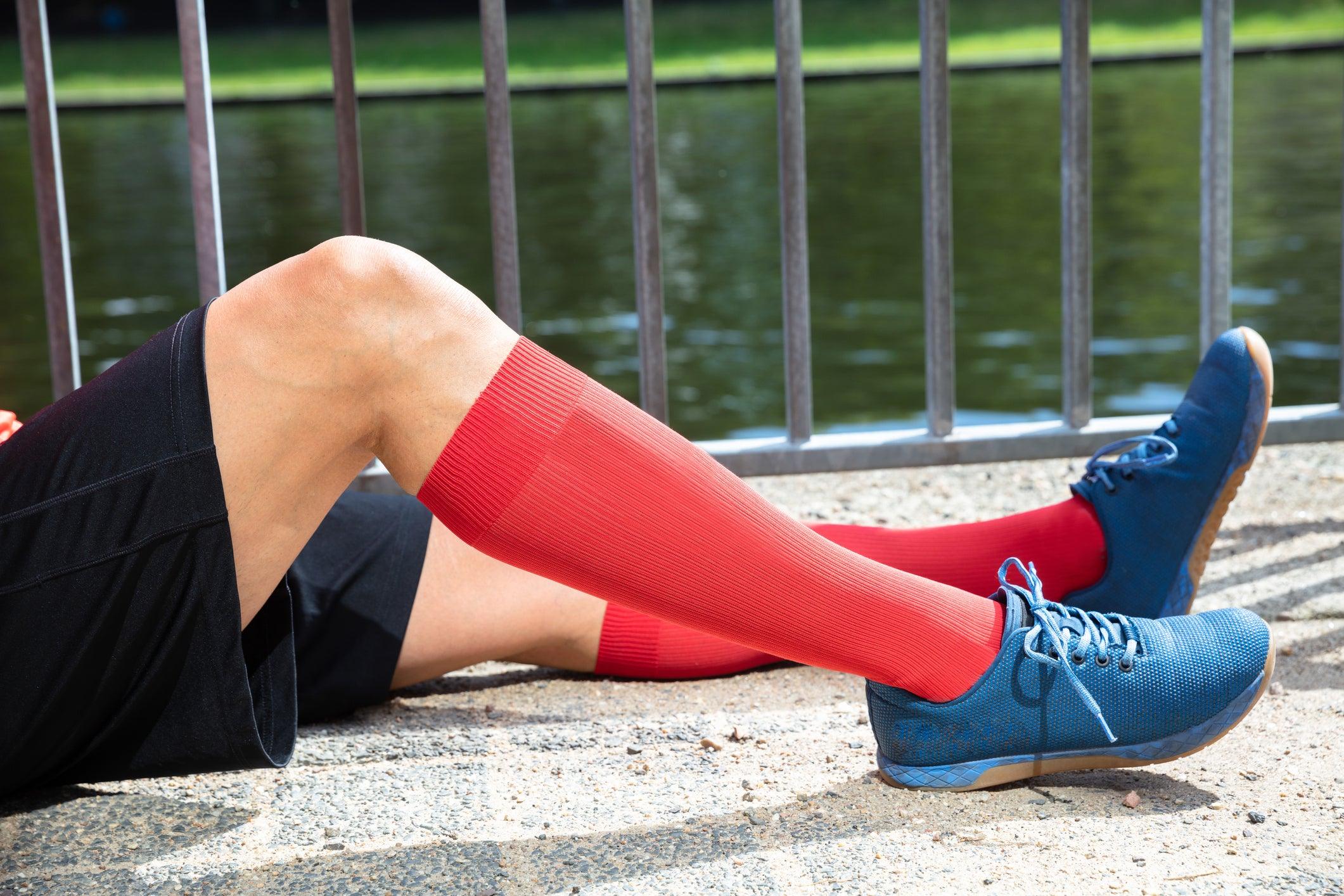
Leave a comment
This site is protected by hCaptcha and the hCaptcha Privacy Policy and Terms of Service apply.